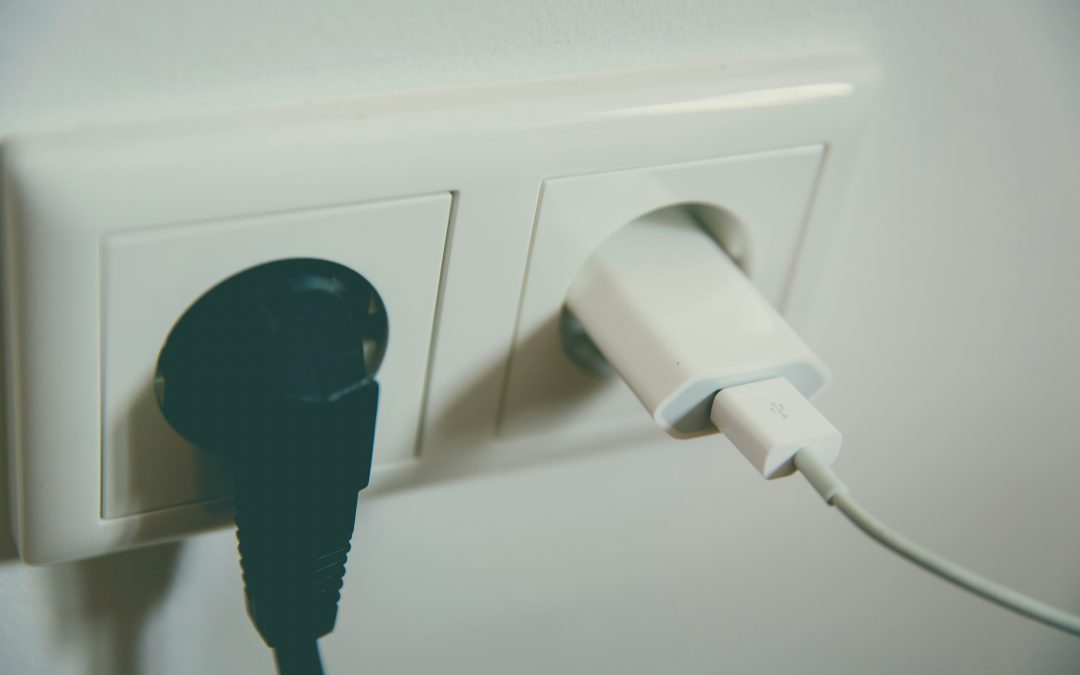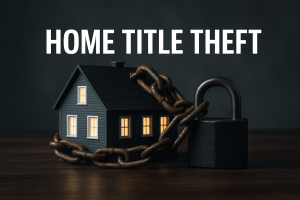With the high cost of everything these days, electricity is one of the areas where we can all make some adjustments to reduce consumption, which in turn reduces cost.
With more electric cars soon to be hitting the marketplace in the coming years, the demand for electricity is likely only to grow, which will put pressure on electric energy rates to rise.
Doing what you can to reduced your electric bill by making simple adjustments or investments makes a lot of sense.
Let’s get started
Average household energy usage and cost
To prevent wasting time chasing pennies, it makes sense to know which appliances consume the most energy, so you can focus on those. If you do some research you can find the average wattage and typical hours per use of most appliances. If you multiply wattage times hours you can get the daily, monthly, or annual usage in hours of wattage consumed. Divide that by 1,000 to get kilowatt hours (kWh). Multiply kilowatt hours by the kWh rate on your energy bill and you can estimate the daily, monthly or annual cost.
Monthly Kilowatt hours = (Appliance wattage x monthly hours used) / 1,000
Monthly Energy cost = Kilowatt hours x Kilowatt rate
The Save On Energy Website has the average electricity usage and bills by state. The states with the lowest electricity usage consume about 550 – 1,000 kilowatt hours per month, with average monthly electric bills around $100. Most are paying anywhere from 10 cents to 20 cents per kilowatt hour The states with the highest energy rates pay up to 30 cents or more per kWh, driving their average monthly electric bills to around $150 – $180. Hawaii is the big outlier, with a rate of 44 cents per kWh and an average electric bill of over $200 per month.
Typical cost breakdown
The typical average household might have a breakdown of total electricity usage per month as follows:
- Heating and Cooling (50% of monthly usage)
- Lighting and appliances (30% of monthly usage)
- Water heater (15% of monthly usage)
- Other (5% of monthly usage)
So, if your typical electric bill is around $100 per month, for example, your approximate cost would by $50 for heating and cooling, $30 for lighting and appliances, $15 for your water heating, and $5 for all other. Obviously your specific situation is different, but this will give you the categories to focus on if you are trying to reduce your usage. As you can see, heating and cooling is by far the area with the greatest opportunity.
There are many power district and related websites that breakdown the typical wattage and hours used per month.
Use this information to estimate your monthly usage and then compare it to a recent electric bill of kWh and cost. How close did you get?
Air conditioning and HVAC heating system
Air conditioning uses a lot of electricity, especially if it is running all day long during the summer months. Consider some ways to reduce the amount of time your air conditioner needs to run.
Setting the temperature a little bit warmer but using ceiling fans where possible may be just as effective at a lower cost.
Pulling dark draper in front of windows on very hot days will help keep the house cooler by combating the green house effect.
Properly ventilating your attic will keep your house cooler which is easier on your air conditioner. Investigate an attic fan with your contractor to see if it will improve the air flow in your attic which improves ventilation and gets the heat out. There are pros and cons so investigate carefully. You want to avoid a negative air pressure situation in your home.
Keep your air conditioning running its best by having a tuneup performed every year or every other year at the latest. A poorly maintained appliance will use a lot more energy than one that is tuned up.
Other Opportunities for heating & Cooling
You should also change your HVAC filter at least twice per year. The blower system is used for the central air as well. A dirty filter will slow the movement of air and require the system to run harder and longer to provide the cooling needed.
Even though your furnace might generate heat using natural gas, propane or oil, the blower mechanism is likely run on electricity. The average wattage of a furnace blower is approximately 600 watts. Based on typical usage it might use 100 Kilowatt hours per month.
Use a programmable thermostat to have better control over when the temperature needs to get to the ideal state. It doesn’t make sense to make the home really cool if no one is home. The Nest thermostat is probably the most well known brand of a Smart thermostat. Smart thermostats can be managed from your phone or other wifi devices. Some of the biggest benefits include it learning your habits and your ability to adjust your home temperature from anywhere.
Drafty doors or windows can be an expensive loss for heating and air conditioning. Put your hand by your doors and windows during very hot summer or cold winter months. If you can feel air around the windows or doors, you have opportunities to seal them better to save on energy. You can put weather stripping under and to the side of the door to cut down on airflow. You can do the same with windows too.
Household Appliances
Let’s look briefly at each and options to help reduce cost.
Your refrigerator runs all day and night. It is constantly using electricity. You want to keep it maintained properly to ensure it is not running inefficiently. Keep the coils clean of animal hair and dust so that they don’t have to strain to do the job. The refrigerator and freezer sections should be set to the recommended temperatures. Making the refrigerator much colder than needed isn’t adding any value.
Your dishwasher has a heating coil in it and consumes electricity just to run the cycles. Try running your dishwasher using the Express or Fast cycle rather than the normal cycle that might take twice as long and use a lot more energy. Run the dishwasher only when it’s full, rather than running more loads.
Running full loads of laundry in your washing machine rather than smaller loads will lower your energy cost by allowing you to run fewer loads overall. Washing in cold water rather than hot water will save you energy and will be easier on your clothes too.
For your clothes dryer, be sure to change the dryer filter, including the dryer vent outside your home.
Lighting
You likely have lots of light bulbs in your home. If so, one of the biggest areas of home electricity savings can be achieved by switching out all of your older incandescent bulbs and halogen type bulbs with the more modern LED light bulbs. LED bulbs use significantly less energy which results in huge dollar savings. In addition, LEDs last many years longer, meaning you will save on replacement costs as well.
Some use dimmer switches to turn down the lighting somewhat in areas throughout the home to cut down on use even more.
Motion sensors are another useful piece of technology that ensures you are not burning energy unless needed. These motion sensors will turn off the lights if there is no motion after a number of minutes. This mitigates the common issue of forgetting to turn off a light and just burning energy for hours.
If you can get more natural light in your home to avoid lights altogether, that is even better!
Water heater
A hot Water Heater tank is another appliance in your home that runs all day long. Many of us still have those. It is old technology. Avoid setting the heat unnecessarily too hot, which is just a waste of energy. Consider a Tankless water heater that only uses energy at the time you actually need the hot water.
If you want to dive into this topic further, I have an article about tankless water heaters.
Computers, TVs and other electronic devices
Computers and TVs use a lot more energy than you would expect. If you are actively using the item, that is one thing, but if you have them plugged in and on without any usage (they still use wattage when in standby mode), you are wasting electricity. Some people use a power strip to turn off computers and TVs
An enhancement to the basic power strip is are Smart power strips. The Smart strip can tell when your PC or other devices are in standby mode, and not really being used. When this happens, you continue to waste power without device adding any value. The Smart strip will then cut the power to the device so that it does not use power when in standby mode.
On and Off Peak rates
If you look closer at your electricity bill you may see two different electricity rates. One might say Peak rates and the other Off Peak rates.
You will notice that the peak hours are more expensive. You can do the math yourself to see the benefit if you are able to move some of your energy usage to the off peak times. Contact your energy provider to find out what times the off peak rates are to see if you are able to run your washing machine, dryer, dishwasher, electric vehicle charging, or other discretionary appliances during this cheaper time period.
Kill-a-watt
A Kill-a-watt is an interesting devise that you can purchase for about $30 and use it to determine how much energy an appliance really uses. You plug the appliance into the unit and then the unit is plugged in a standard outlet. The device gives you the amount of electricity that is used. This will help you do your own energy review to determine which appliances use the most energy.
Energy Monitoring System
If you really want to do a deep dive into your entire home, you can even get a whole-house energy monitoring system. These can cost about $200 – $400, but you’ll have a great handle on all of your energy usage.
Home Energy Audit
You can also pay for a home energy audit. Someone will come to your home and do a thorough review of your energy usage. They will give you a report of all of your energy savings opportunities. The audit will cost $100 – $500 or more.
Summary: Best tips to lower your Electric Bill
- With electricity demands increasing, there will be continued pressure to increase rates. You will need to find savings to combat higher energy costs.
- Heating and air conditioning account for about 50% of the average home electricity usage. Concentrating your effort in this area might yield the best results.
- There are lots of home appliances, all that have opportunities for big savings
- Switching to LED bulbs can we an easy way to address your lighting energy usage
- Your Water heater uses about 15% of your electricity usage each month. Going from tanked to tankless is often a good move.
- Using appliances outside of peak time can help reduce the cost
- Kill-a-watt, Energy Monitoring systems and home energy audits are all ways to get more exact information on your actual energy usage



